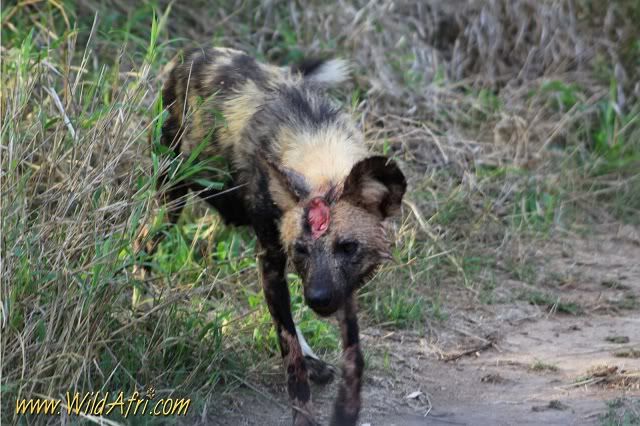There is an ongoing battle between
African wild dogs and farmers living in areas like Botswana, Africa. In one
year, predominately African wild dogs and African lions killed 500 livestock
animals causing $275,000 in damages. Organizations such as “The Wild Source” and
“WildiZe” are working to decrease the amount of African predators killed by
humans, who are protecting their livestock, through Conditioned Taste Aversion
(CTA). CTA occurs when a predatory animal associates a taste (the
conditioned stimulus) with sickness and nausea (the unconditioned stimulus) after
consuming livestock, such as cattle. After an animal consumes toxins in her food, a gastrointestinal illness ensues, causing her to find future
tastes and scents of cattle undesirable. This evolved form of learning increases
the chance of the organism’s survival.
Conditioned
taste aversion studies using thiabendazole are being conducted at the
California Wolf Center and one such study in 2009 successfully taught captive
Mexican wolves to cease eating ground mutton. “The Wild Source,” a commercially based
organization with research supporting the conservation of African animal
species, is also conducting conditioned taste aversion studies in the “Africa
Predator Project.” Modeling studies conducted on predators in the United
States, such as the Mexican wolf ones, the “Africa Predator Project” aims to
use conditioned taste aversion techniques to deter captive lion and wild dogs
from pursuing livestock. The ultimate goal is to condition wild, roaming
animals to avoid the taste of different livestock animals in order to protect
their dwindling numbers from threatened farmers. “Wildize” is also conducting a
conditioned taste aversion study on 20 captive lions, suspecting that the
results from these efforts will help the movement of using CTA to prevent conflict
between farmers and predatory wildlife. In 1997, Woodroffe and Ginsberg
documented that 27 percent of adult wild dogs were killed by bullet or poison
in five areas of Africa: Kruger National Park, Northern Botswana, Hwange
National Park, Selous Game Reserve, and Zambia. Hopefully the application of CTA
studies with African wild dogs can be used in the near future to decrease the detrimental
influence human predation has on the already small numbers of this endangered
species.
Photo from http://www.pentaxforums.com/forums/post-your-photos/122680-nature-endangered-african-wild-dog.html
References

No comments:
Post a Comment